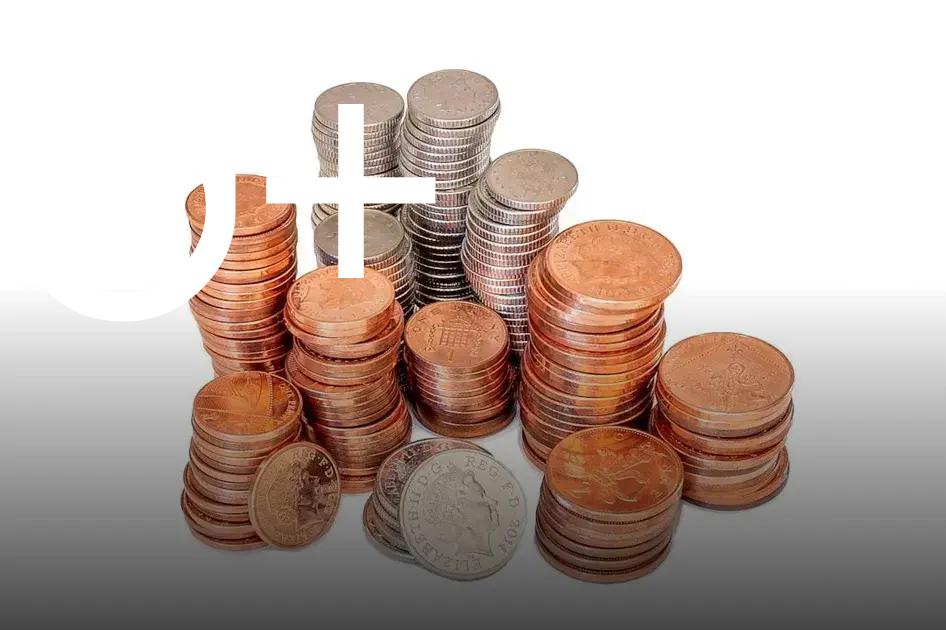Stock buybacks are a financial maneuver that can significantly influence share prices. As companies repurchase their stock, the available supply decreases, potentially boosting stock value. Investors often watch these buybacks closely, as they can signal a company’s confidence in its financial health and future performance. Understanding how stock buybacks affect share prices can help you make informed investment decisions. In this article, we’ll explore the key impacts of buybacks and how they shape the stock market over time.
Understanding Stock Buybacks
Stock buybacks, also known as share repurchases, are a strategic financial decision wherein a company buys back its own shares from the marketplace. This process helps to reduce the number of outstanding shares, which can potentially increase the value of remaining shares. Companies often use this strategy to return surplus cash to shareholders, signaling strong financial health. By reducing the supply of shares, the company’s earnings per share (EPS) may improve.
It is crucial to comprehend why companies choose buybacks over dividends as a mechanism to return capital to shareholders. Buybacks offer tax efficiency, as they typically lead to capital gains taxation rather than ordinary income tax rates. This makes buybacks a preferred choice for shareholders looking for tax advantages.
Buybacks can indicate that a company believes its stock is undervalued. By repurchasing shares, management expresses confidence in the company’s intrinsic value. However, it’s also important for investors to consider potential downsides, such as when companies incur debt to fund buybacks, which might not always reflect the best financial strategy.
Impacts on Stock Prices

Stock buybacks can significantly influence share prices, creating fluctuations in the market based on several factors. When a company decides to repurchase its shares, the overall supply of available stock in the market decreases. This reduced supply can lead to an increase in the share price if the demand for those shares remains unchanged or rises.
The perceived value of a company can surge during buybacks. Investors might view buybacks as a sign of confidence from management, believing the company considers its stocks undervalued. Such perceptions can drive more investors to purchase, further boosting prices.
However, not all price movements are upward. Buybacks funded through debt might lead to different market responses. Investors could question the sustainability of such actions if they believe the company is over-leveraging itself.
Timing also plays a crucial role. During favorable market conditions, buybacks can boost the stock’s performance effectively. Yet, in volatile markets, the effect might be more muted. Companies typically announce buybacks to maintain or increase stock prices, especially when facing market pressure or when broader economic indicators are down.
Company size and investor confidence are also integral. Larger firms with stable financial bases might see more pronounced positive effects on stock prices than smaller, less-established firms. Thus, understanding the holistic approach to buybacks can provide valuable insights into their impact on stock prices.
Investor Reactions to Buybacks
When companies announce stock buybacks, investor reactions can be indicative of expectations regarding the company’s future performance. These reactions are often reflected in the short-term volatility of the company’s share price. Investors may see buybacks as a sign that the company believes its stock is undervalued, aiming to reduce the number of shares outstanding and thus increase earnings per share (EPS).
Optimistic investors might view buybacks positively, anticipating higher future profits and a potential price increase, which can lead to increased demand for the stock. Conversely, some investors might interpret buybacks as a lack of better investment opportunities within the company, particularly if the company is using borrowed funds for the repurchase.
An essential aspect for investors is to assess the reasons behind buybacks. Companies with strong cash flows executing buybacks might gain investor trust, whereas those leveraging debt could raise red flags. This reaction pattern shows a dynamic interplay between company strategy and investor sentiment, which may have varying impacts based on market conditions.
Overall, while buybacks can be a sign of management’s confidence, the context and execution method greatly affect investor perceptions and reactions, influencing whether the buyback leads to a sustained increase in stock prices or merely short-term movements.
Financial Health Indicators

Financial health indicators play a crucial role in analyzing the impact of stock buybacks on a company’s performance and share prices. These indicators provide insights into the financial stability and operational efficiency of a company, which can indirectly affect how buybacks influence market perception and stock value.
Liquidity ratios, such as the current ratio and quick ratio, are significant indicators. A company with robust liquidity is generally more capable of executing buybacks without compromising its ability to meet short-term liabilities. This financial stability can instill confidence among investors, leading to a positive effect on share prices.
Additionally, the debt-to-equity ratio is essential for understanding how buybacks might influence the financial leverage of a company. Excessive reliance on debt to finance buybacks can raise concerns about financial risk. Conversely, companies with a healthy balance between debt and equity might use buybacks as a strategy to optimize their capital structure.
The earnings per share (EPS) metric often sees enhancement post-buyback as the number of outstanding shares decreases. However, it’s vital to differentiate whether EPS improvements arise from genuine earnings growth or just a reduced share count. Hence, investors should consider both net income growth and cash flow stability in their assessments.
Return on equity (ROE) is another important measure. Buybacks tend to improve ROE by reducing equity, a factor that might be appealing to investors if profitability is sustained. Yet, a comprehensive evaluation of ROE should involve an understanding of how underlying profit trends sustain such enhancements.
In essence, these financial health indicators provide a framework to contextualize the strategic decisions involving stock buybacks and their influence on share prices. By comprehensively evaluating liquidity, debt levels, EPS, and ROE, stakeholders can gain a better understanding of buybacks’ multifaceted impacts on the financial landscape.
Long-Term Market Effects
Understanding the long-term market effects of stock buybacks is crucial for investors and companies alike. When a company undertakes buybacks, it reduces the number of outstanding shares. This may initially drive up the share price due to the laws of supply and demand, and also because earnings per share (EPS) often increase when there are fewer shares in the market.
In the long run, buybacks can significantly impact company valuation. If a company consistently buys back shares, it can potentially increase shareholder value. This is especially true if the buybacks are done when shares are undervalued, allowing the company to purchase stock cheaply.
However, buybacks can also lead to market distortions. Companies might rely too heavily on buybacks rather than investing in growth opportunities such as research and development. This opportunity cost can limit the company’s potential for innovation and expansion, affecting its long-term strategic position in the market.
There’s also the question of financial health. Aggressive buybacks may strain a company’s resources. Companies might take on excessive debt to finance buybacks, risking their long-term financial stability. This can lead to increased volatility in share prices, affecting investor confidence.
The overall effect on the market itself could include an increased focus on short-term stock price improvements rather than sustainable growth. Investors need to assess whether buybacks are a part of a well-rounded strategy or a way to inflate share prices artificially.







![BANNER 1 - HOME [QUADRADO]](https://dailyfindinvestment.com/wp-content/uploads/2025/01/BANNER-300-X-300.gif)
